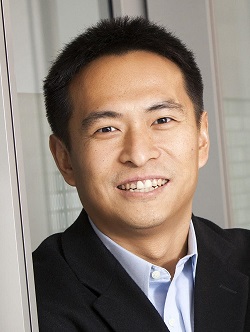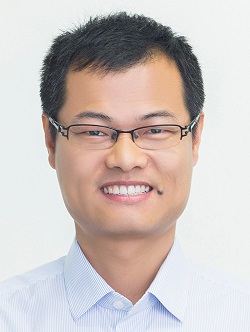|
|
ATTENTION : Thursday, August 21 an operation is planned on the database server
which may cause access issues on Sciencesconf |
|
Keynote Speakers
Title: Shape and Topology Analysis for Plant Root Phenotyping Abstract: Roots, the "hidden" half of plants, play a vital role in the development and function of plants. Recent advances in imaging (e.g., CT and MRI) have allowed biologists to "see" the structure and growth of roots in 3D. However, due to the complexity of roots and the limitations of imaging, accurate and efficient extraction of quantitative root information (e.g., root shape and branching hierarchy) needed for biological studies still faces many challenges. In this talk, I will present several recent algorithms for 3D shape and topology analysis that are motivated by the need to address these real-world challenges. These algorithms have enabled the development of a computational phenotyping pipeline that is now routinely used in a biology lab.
Title: Computational Design of Geometric Puzzles Abstract: Geometric puzzles are nontrivial geometric problems that challenge our ingenuity. The task of solving these puzzles is to put together the puzzle pieces to form a meaningful 3D shape. Traditionally, the design of a new geometric puzzle requires hours or even days of mental work of skilled professional. With the recent advance of digital fabrication, there is an interest and need to design personalized geometric puzzles for general users such as puzzle enthusiasts, collectors, and players. To address this challenge, researchers in computer graphics have developed computational techniques for designing a variety of geometric puzzles. In this talk, I will review state-of-the-art works on computational design of geometric puzzles, and introduce our recent works in this topic. In particular, I will focus on a specific class of geometric puzzles called interlocking puzzles, and formulate the design of interlocking puzzles as an assembly-aware shape decomposition problem. I will introduce computational techniques to design three different kinds of interlocking puzzles, and show how these techniques enable the design of interlocking puzzles that cannot be achieved by the previous methods.
|



